Winter Tire Test: Sailun’s Ice Blazer WSL2
- Written by David Miller
- Published in CAR REVIEWS
- font size decrease font size increase font size
- Be the first to comment!
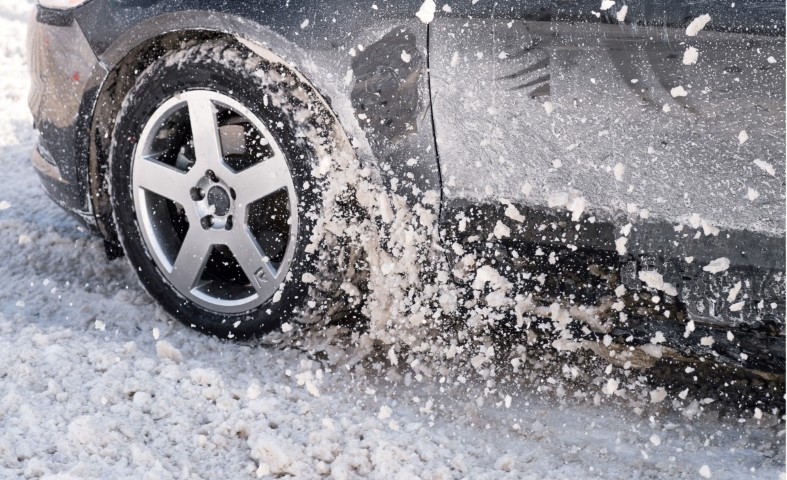
When looking for winter tires, there are always plenty of choices at any tire shop. Within minutes you will easily notice a three-tier pricing system, but the question remains which ones right for you?
If you’re a loyal Bridgestone or Michelin customer – this article will probably not change your mind. But if you’re one of the 59 per cent of Canadians that buy winter tires from brands outside of the top 5 – you might want to read on.
Customers are always looking for the best tire for the best price. That range usually boils down to third-tier tire choices. This is a competitive group that doesn’t seem to have one company take the bulk of sales. Part of this group is the little known company out of China called Sailun that have been making small strides in getting noticed in the Canadian market.
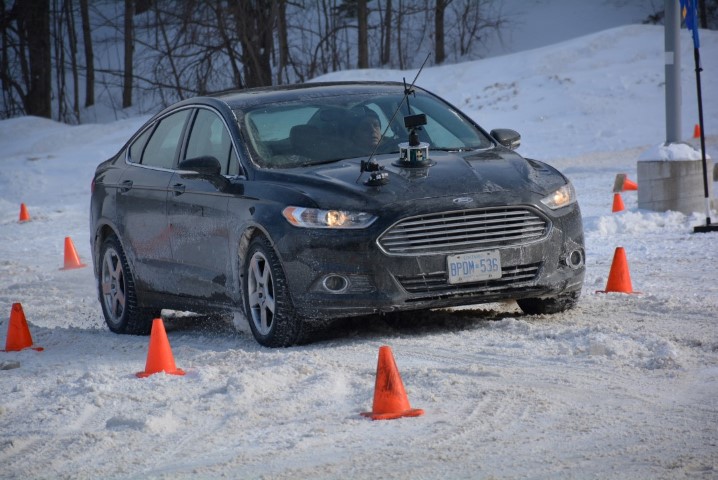
Sailun’s bread-and-butter has been winter tires that formerly comprised of 80 per cent of their sales. Since, Sailun has made a small, but effective marketing push of their all-season tires – they’ve shifted those sales figures to more of a 50/50 split between winter and all-seasons, which is healthier for the company as a whole allowing them to showcase their versatility. That versatility they hope will increase their global sales numbers from roughly 10 million tires to 30 million in the next two years.
A big part of Sailun’s marketing efforts has been wisely focused at the dealership level, where 80 per cent of decisions are made. Sailun has showcased their brand to dealers not just by talk and numbers, but have invited them out to events pitting their tires against a more expensive competitor. It’s a way for dealers to be more familiar with the Sailun brand and come away impressed wanting to tell their customer base.
Sailun wanted to extend those marketing efforts to us media folks, so they set-up a blind test involving their best-selling winter tire, the Ice Blazer WSL2 against a second-tier competitor. It’s always a risk to have a blind test where the competitor could blow up their entire plan, but Sailun has enough confidence in their brand to risk this venture.
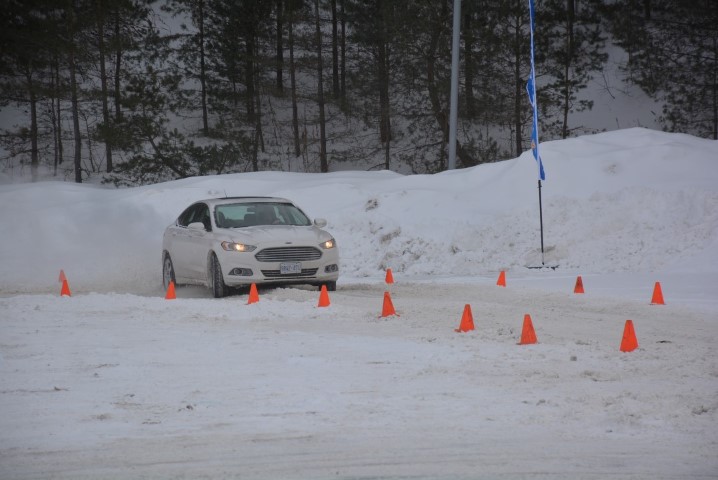
The day consisted of a slalom course with an emergency stop and an accident avoidance/emergency lane change challenge, as well a street route to fully test out the two different tires. The slalom course was our group’s first challenge and awaiting us were both tires fitted on identical 2013 Ford Fusions in Titanium trim for there to be no bias whatsoever. The names on the tires were rubbed off, so it was a complete blind test without any ability to cheat. For the sake of the reader – the competitor was revealed afterwards and ended up being the second-tier Hankook i-Pike winter tire.
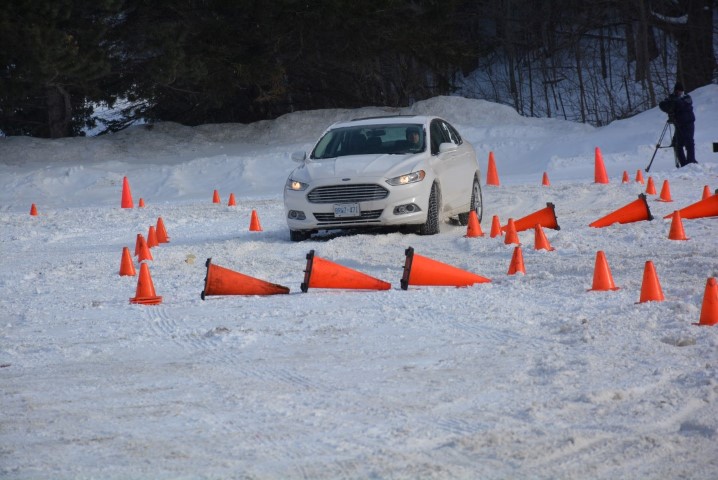
On the slalom course, I found it truly tough to decipher which tire was better and it really took three runs per car to be able to make a decision. In the end, I felt that the Hankook’s made it slightly easier to control where I wanted the Fusion to go and more consistent throughout the three runs. Both tires performed the emergency stop within two-to-three seconds stopping in-between the pylons during each run. The WSL2’s might have been quicker to accelerate at times, but I personally rather know where the car’s going than be faster to accelerate. I have to stress and this isn’t for Sailun’s sake either that the first test was close and for the first two runs I flip-flopped which one I preferred.
A regular driver isn’t going to perform many slalom tracks and emergency lane changes when testing out their tires, so the last grouping truly is the most important – a regular driving test on regular snowy road conditions. It consisted of a 10-minute loop with the addition of some curvy roads and some hill accent and descents. It was a real-life test!
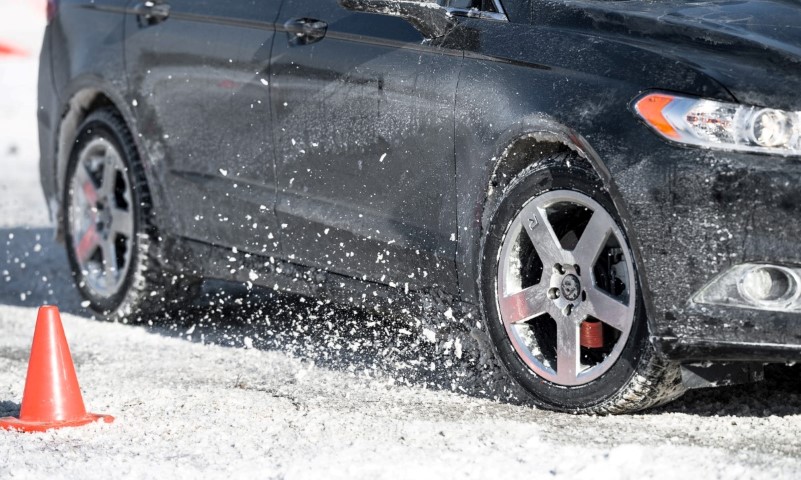
This run resulted in a different result than the first as I felt the Sailun Ice Blazer WSL2’s provided me more control on turns and the during initial acceleration those Sailun’s bit down on the snowy road and got me going slightly quicker than the Hankooks. Once again, this test was close, but the key in any winter tire test is being confident and comfortable with your tires and Sailun won the day. Another key factor that made Sailun the best street choice was the lack of road noise that led to a more relaxing drive.
At the end of the day, Sailun proved the point they wanted to make. When our votes were tabulated Sailun were dead even to the Hankooks on the slalom challenge (I told you it was too close to call), but where they won was on the real-life road test, as well as destroying the Hankooks when it came to road noise. Talk is cheap and Sailun realized that, so they let their actions speak instead.

I saved the best part for last as the kicker to this event was the fact that Sailun Ice Blazer WSL2’s are 40 per cent cheaper than the Hankook i-Pike’s. Just to give you an exact price, Sailun provided us with Tire World Brampton’s prices and those Hankooks could be fetched for $184/per tire, while the Sailun’s were listed at the low price of $109/per tire and none of those tires were on sale.
Price is a big factor when making a decision on tires. When you factor in the point that these Sailun’s are equal at some aspects and better in others – there’s really only one decision to make. Everyone will have a different experience with these tires and it could be based on the way you drive, but I can only speak for myself and I will take the better street driving tires for 40 per cent less every time.
